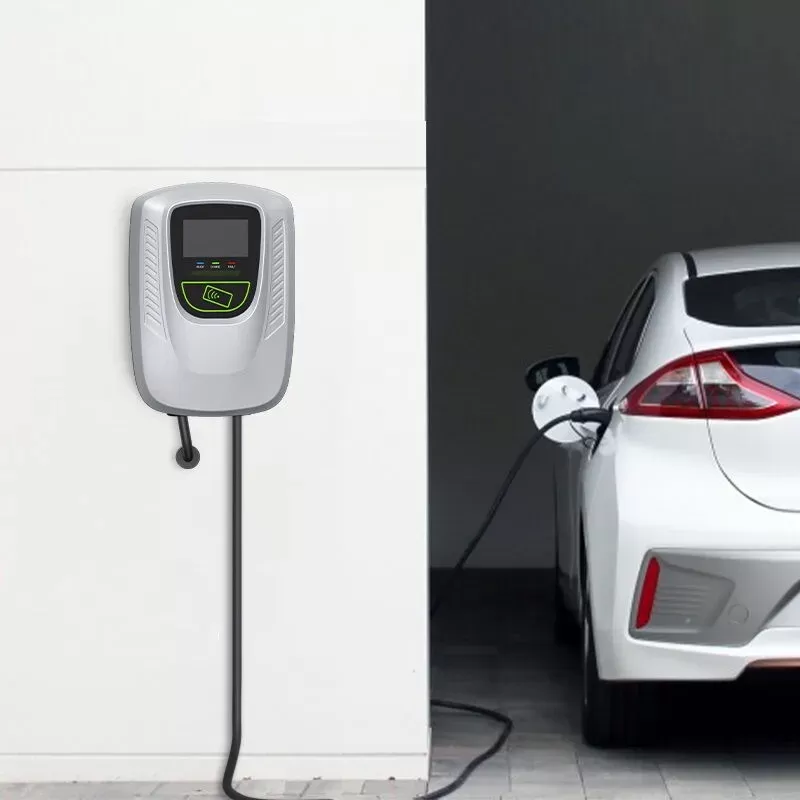Notifications

6 minutes, 51 seconds
-136 Views 0 Comments 0 Likes 0 Reviews

As a professional EV charger manufacturer in China, Topper Company provides dependable electric vehicle charging station equipment and comprehensive charging solutions.
The rapid acceleration of electric vehicle (EV) adoption has fueled an urgent need for robust EV charging infrastructure. As demand grows, manufacturers are increasingly relying on two proven business models—OEM (Original Equipment Manufacturer) and ODM (Original Design Manufacturer)—to deliver high-quality, scalable EV charging solutions.
While both models serve the same end goal, they take different routes. OEMs specialize in efficient large-scale production based on client designs, while ODMs offer end-to-end product development for companies seeking innovation and differentiation.
In this article, we’ll break down the roles of OEM and ODM in the EV charger market, explore their benefits, and walk you through the typical process of partnering with a reliable OEM/ODM provider.
An Original Equipment Manufacturer (OEM) builds products according to the exact specifications provided by a client. The client owns the product design, and the OEM ensures it is manufactured to the highest standards.
Follows strict client-provided specifications
Emphasizes cost-efficiency and high-volume output
Ensures consistent quality and compliance
Reduces time-to-market for pre-designed products
In the EV industry, OEMs typically manufacture:
AC home chargers (Level 1 and Level 2)
Public DC fast charging stations
Charging cabinets and modules
Internal components like cables, connectors, and power modules
Scalability: Ideal for large production runs
Cost Savings: Leverages economies of scale
Efficiency: Reduces overhead and infrastructure costs
Reliability: Maintains consistent product quality
An Original Design Manufacturer (ODM) takes on both product development and production. ODMs are responsible for everything from concept design and prototyping to final manufacturing.
ODMs offer complete, ready-made solutions that can be fully branded by the client. This model is perfect for businesses seeking unique product differentiation without building an internal R&D team.
Custom Design: Tailored chargers with unique shapes, colors, logos, and smart features
Speed to Market: In-house engineering speeds up the product cycle
Brand Differentiation: Exclusive products for competitive advantage
Innovation: Supports cutting-edge features like solar integration, V2G, and AI optimization
ODM providers often design:
Compact smart home chargers
Modular commercial fast chargers
Chargers with custom casing, touchscreens, or renewable features
| Criteria | OEM | ODM |
|---|---|---|
| Product Design | Provided by client | Developed by manufacturer |
| Customization | Limited to predefined specs | Fully customizable |
| Unit Cost | Lower for large-scale production | Higher due to R&D and custom tooling |
| Time-to-Market | Fast if design is finalized | Varies depending on design complexity |
| Best Fit For | Established brands with existing specs | Startups or brands seeking product innovation |
Example:
A utility company needing thousands of chargers based on a fixed design would benefit from an OEM. Conversely, a new EV brand aiming to make a bold design statement would thrive with an ODM partner.
Partnering with an OEM or ODM provider typically involves a well-structured process to ensure efficiency and transparency:
Clients outline their vision—whether it’s technical specs, aesthetic preferences, market usage (residential, commercial, fleet), or certifications needed (IEC, UL, CE).
The provider returns with a detailed project plan, including timelines, cost estimates, and payment terms.
Both sides collaborate in real time via Email, WeChat, or WhatsApp to exchange CAD files, updates, and feedback.
For ODM projects:
ODM develops the product concept, internal layout, UI, and packaging.
Clients review and refine designs through several iterations.
For OEM projects:
Clients provide complete design files.
The manufacturer sets up tooling, quality control checklists, and integrates branding elements.
A pilot run is produced within 5–10 days, including:
Design mockups
Real-time production videos/photos
Performance and safety test reports
Products ship within 10–15 days post-deposit. International shipping includes:
Tracking numbers
Export documents
Real-time updates
Trusted providers offer:
Packaging and delivery confirmation
Ongoing technical support
Spare part supplies and warranty service
The EV charging industry is evolving rapidly, and manufacturers must be flexible, innovative, and efficient. OEM and ODM partnerships provide two distinct paths to success—whether your goal is mass production or market-leading innovation.
As the world accelerates toward electrification, businesses that collaborate with experienced OEM/ODM partners will be best positioned to lead the next wave of smart, safe, and stylish EV charging solutions.
Looking to bring your EV charger idea to life?
Explore OEM and ODM models to find the best-fit approach for your brand and take the next step toward electrifying your market presence.Know more about Google SEO Directory
China EV Chargers EV Charger Manufacturer EV Charging Solutions

